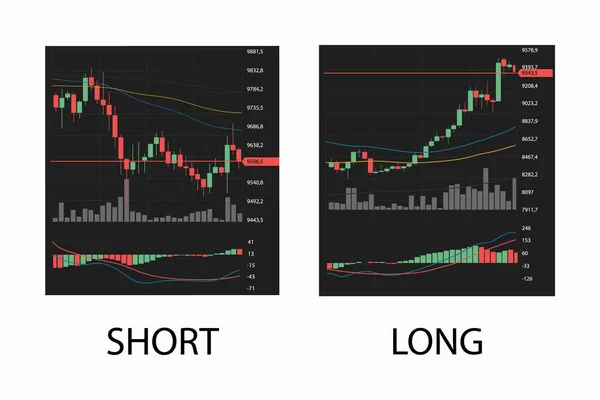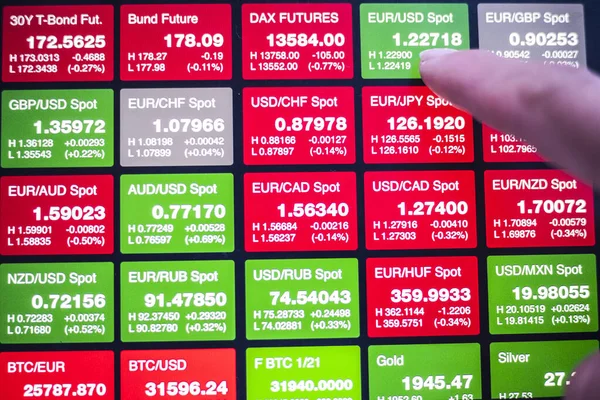Utilizing Economic Calendars for Forex Market Predictions

The Role of Economic Calendars in Forex Trading
Economic calendars are indispensable tools for Forex traders, offering a structured view of important economic events and indicators that can influence currency markets. These calendars list scheduled economic events, such as central bank meetings, economic data releases, and political events, along with their projected impact on financial markets. Understanding these events helps traders anticipate market movements and adjust their strategies accordingly.
They provide a timeline of when to expect potential volatility, enabling traders to plan their entry and exit points.
Traders can customize these calendars based on their geographical focus and currency pairs of interest, ensuring relevance to their trading strategies.
Interpreting Key Economic Indicators
Economic indicators are the cornerstone of market analysis in Forex trading. Key indicators include:
- Gross Domestic Product (GDP): Reflects the overall economic health of a country.
- Interest Rate Decisions: Central banks' interest rate decisions directly impact currency strength.
- Employment Data: Indicators like the Non-Farm Payroll (NFP) in the USA influence market sentiment.
- Consumer Price Index (CPI): Measures inflation, affecting currency value.
Understanding these indicators and their potential impact on the Forex market is crucial. For instance, a higher-than-expected interest rate rise can lead to currency appreciation. Traders should be aware of the scheduled release of these indicators and analyze historical data to understand potential market reactions.
Planning Trades Around Economic Events
Effective use of an economic calendar involves strategic planning around key events. Before a major economic release, the market often enters a period of consolidation; traders might prepare for increased volatility post-release.

It's essential to:
- Identify the most impactful events on the calendar.
- Monitor consensus expectations and previous data.
- Plan entry and exit strategies based on potential market reactions.
- Consider risk management strategies, like setting stop-loss orders, to mitigate potential losses.
Traders should be cautious about trading immediately before or after major announcements, as markets can be unpredictable during these times.
Utilizing Economic Calendars for Long-Term Strategy
For long-term Forex traders, economic calendars help in understanding broader economic trends. They provide insights into:
- Economic cycles and potential shifts in monetary policy.
- Long-term trends in employment and inflation rates.
- Global economic health and inter-market relationships.
By tracking these trends, traders can make informed decisions about long-term positions. Additionally, understanding the interconnectedness of various economic reports from different countries can provide a global perspective, essential for Forex trading.
Short-Term vs. Long-Term Use of Economic Calendars

| Aspect | Short-Term Trading Focus | Long-Term Trading Focus |
|---|---|---|
| Timeframe | Immediate to a few days | Weeks to months |
| Key Indicators | Interest rates, employment data | GDP, CPI, long-term interest rate trends |
| Market Impact | High volatility, rapid price movements | Gradual trends, policy shifts |
| Trading Strategy | Quick decisions, agile position changes | Strategic positions, trend analysis |
In conclusion, economic calendars are a vital resource for both short-term and long-term Forex traders. They provide critical insights into market-moving events and economic indicators, enabling traders to make informed predictions and strategic trading decisions. By integrating these tools into their trading practices, Forex traders can enhance their ability to navigate the complexities of the global currency markets with greater confidence and precision.


